"Mixing old and new enhances the character of a space. It creates a layering that makes a home feel like it has evolved over time.”
Kelly Wearstler, American interior designer
How do you reflect your client’s personality, lifestyle, and history in an interior design project? We understand it can be truly challenging! One way to achieve this - and which has been a notable trend in interior design - is the perfect balance between classic and contemporary.
This fusion of styles offers a unique and captivating visual experience when done with mastery and dedication. Whether you want to escape monotony, create a timeless room, or add more personality to your project, opting for eclectic decor could be the answer.
By creating a balance between classic and modern in your interior design, you will have an expression of creativity and personality. By understanding the essence of each style, choosing a cohesive colour palette, integrating versatile furniture, and paying attention to detail, you can create spaces that transcend current trends. Let's explore strategies for this fusion of styles.
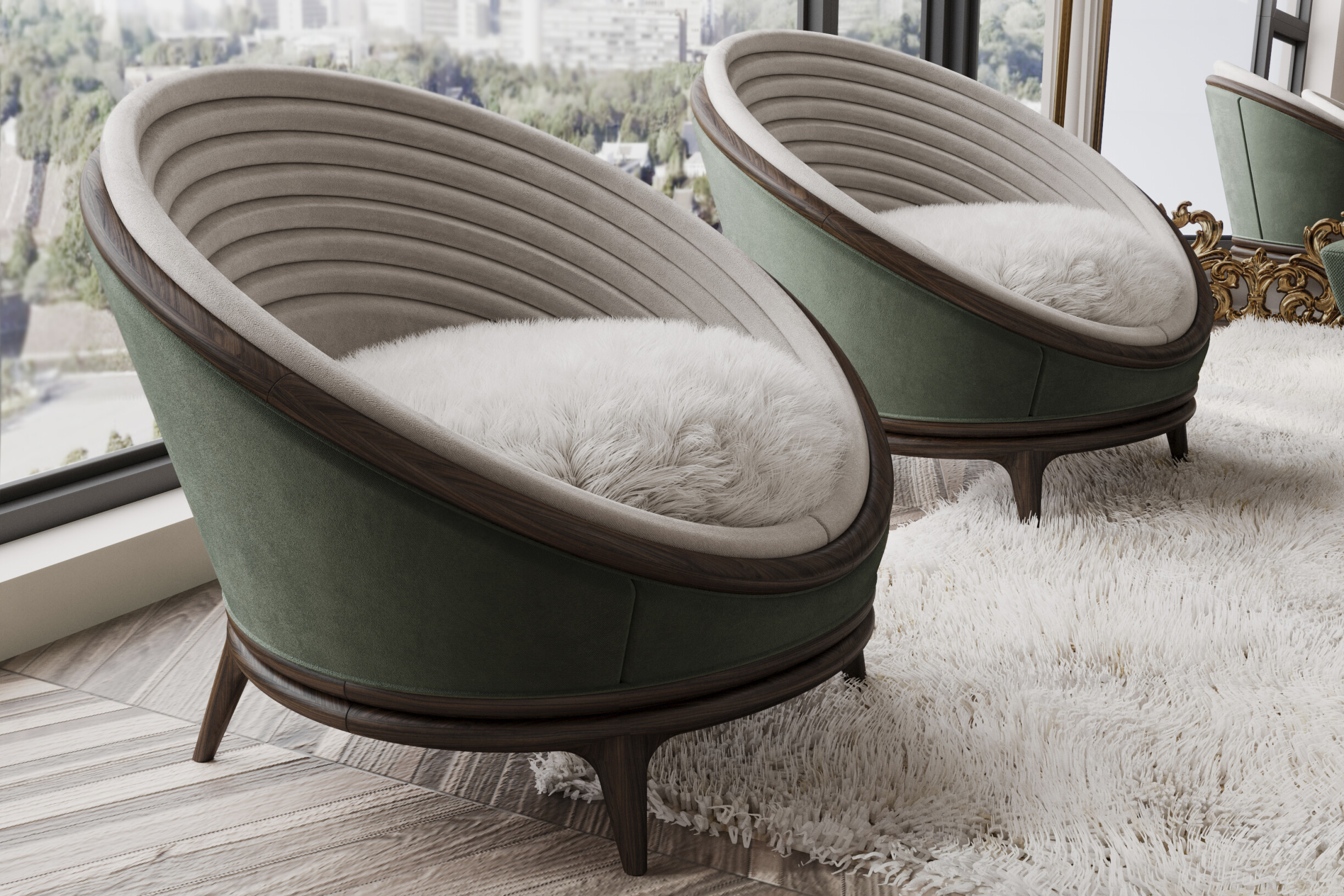
The harmonization between classic and contemporary is a fascinating aesthetic challenge. While traditional design usually evokes a feeling of opulence, with ornate details and refined furniture, contemporary design values simplicity, straight lines, and innovative materials. Finding the balance between these seemingly divergent aesthetics requires a deep understanding of both and the ability to integrate them cohesively.
The first challenge that arises is respecting the authenticity of each style. Each period and stylistic movement has unique and striking characteristics. Balancing the authentic integrity of classic, with its ornate details and timeless elegance, and contemporary, with its clean lines and minimalism, is like navigating distinct aesthetic territories. The key lies in profoundly understanding these characteristics and finding ways to integrate them so that one does not compromise the essence of the other.
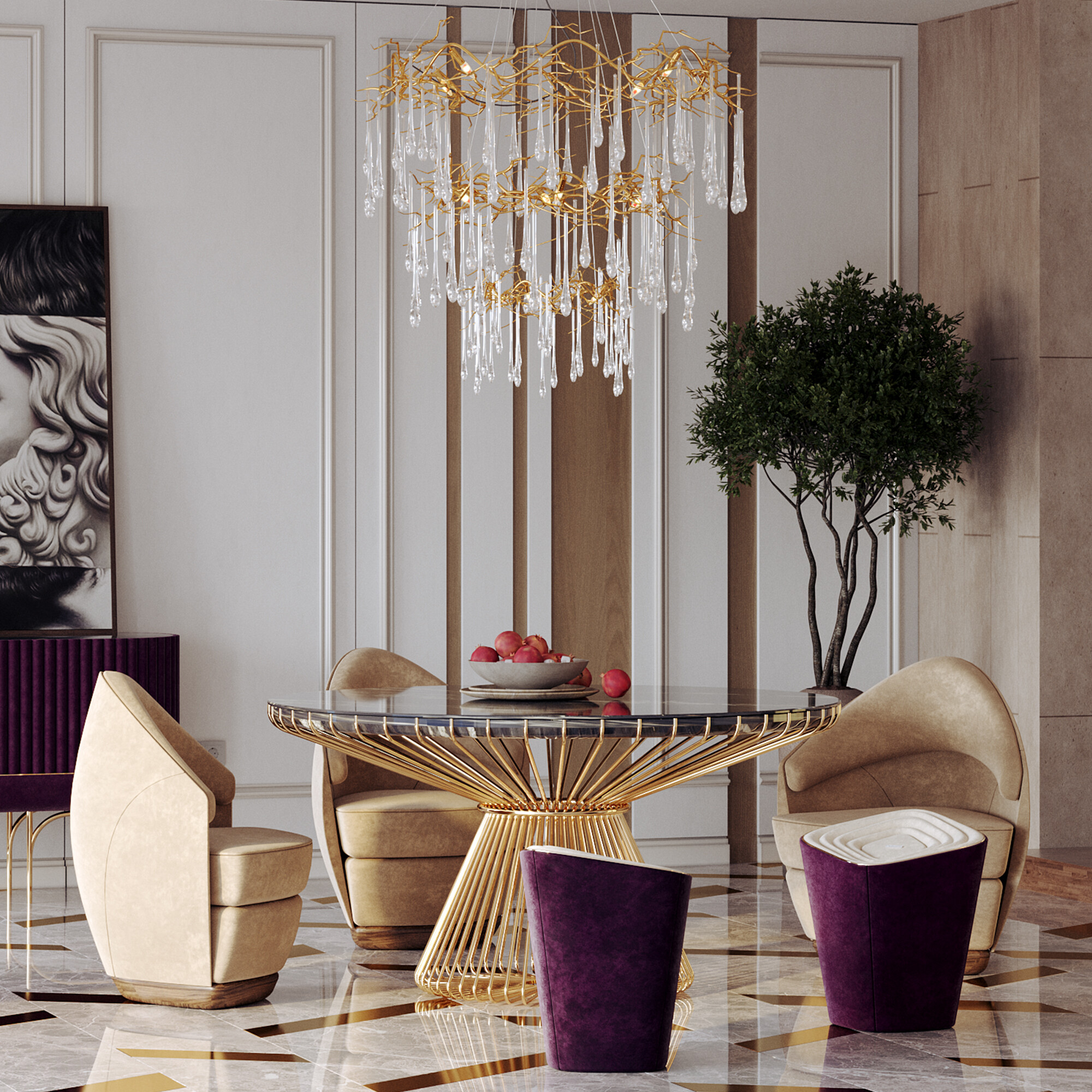
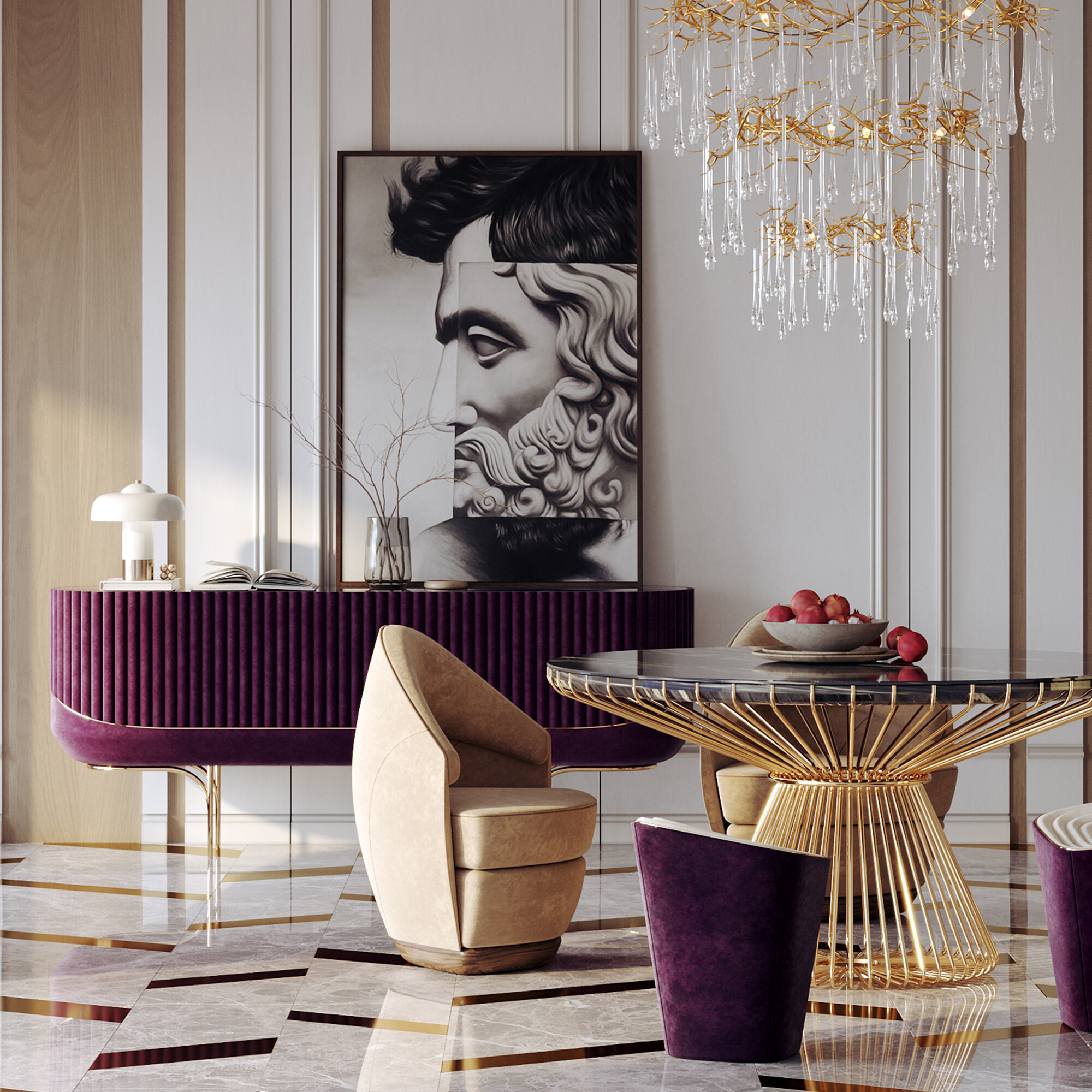
The classic decorative style is known for its timeless elegance, inspired by architectural styles and interior design that date back to ancient times, with origins in Greek and Roman architecture. From floor to ceiling, there is an appreciation for luxury and detail. It is a style that always goes in fashion.
Characterized by a refined aesthetic, elaborate ornamentation, and a symmetrical approach, the classic style creates spaces that evoke a sense of luxury and tradition. Considering the grandeur of this style, it is perfect for larger spaces, allowing the creation of glamorous areas.
The colour palette is broad but sober: beige, white, light pink, soft tones combined with burgundy, dark green, navy blue, or black. Silver, gold, and rust stand out in the finishes, especially in decorative elements and frames.
The aim is to achieve a refined and elegant decoration, almost like a work of art. Therefore, the decorative elements convey luxury: china cabinets, porcelain, silverware, busts, tapestries, paintings, books, lamps, mirrors, floral arrangements, and chandeliers, with yellowish and diffused lighting.

Clean lines, functionality, modernity, well-being, and simplicity. If we had to define contemporary style in 5 words, these would be perfect. A minimalist approach marks the contemporary style.
For the colour palette, pastel tones and neutrals are favorites. Therefore, the bet should be on shades of grey, beige, white or brown. If it is necessary to incorporate more life and colour into the room, the option lies in the details. Contemporary materials such as metal, glass, stainless steel, and concrete are widely used.
Also, concern for sustainability and eco-friendly materials is a growing aspect of contemporary style, reflecting environmental awareness.
Contrary to the classic style, avoiding excessive ornaments in favor of open spaces and a simplified aesthetic represents the contemporary design.

"I love to mix styles, combining traditional and contemporary elements. It's the unexpected juxtapositions that add a sense of excitement and eclecticism to a space."
India Mahdavi, Iranian-French architect and designer
Even though classic and contemporary styles have opposite characteristics and elements, combining them in a perfect wedding is possible. It is essential to consider some aspects to ensure aesthetic and visual harmonization. Therefore, we present 5 practical tips that will make your projects successful:
Choosing a cohesive colour palette is crucial. Choosing the right colour palette is one of the most critical decisions in any interior design project, but, in this case, it is even more difficult. The most important thing is to ensure that the chosen colours combine in a balanced and harmonious way.
Opt for neutral tones as a base and add pops of colour that complement each other. It is important to remember that the artful use of colour can elevate a design from ordinary to extraordinary, evoking emotions, setting moods, and creating a captivating visual symphony.
Soft, elegant colours such as gray, white, beige, or pastel tones can create a neutral canvas on which classic and contemporary elements can stand out without visually competing. The perfect example? In a room where pure white, light gray, and soft beige tones predominate, incorporating the Acoma armchair from ALMA de LUCE in the Colvert tone integrates an element with all the classic characteristics.
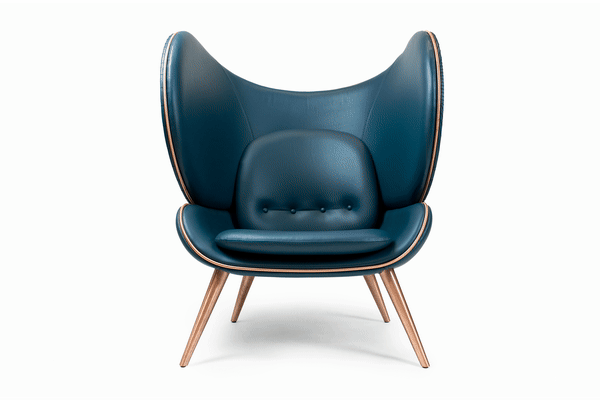
Integrating a variety of textures and materials allows you to add visual interest. Combining classic elements like dark wood or marble with modern materials like metal and glass will bring balance to the space. This way, you can establish a tactile and visually rich experience.
Understanding and harnessing texture's influence on interior design makes creating engaging and inspiring rooms possible. Furthermore, the variety of textures allows you to add depth to the space, which is especially useful when working with smaller spaces and wanting to maximize the space.
In a classic-contemporary dining room, you can use a dining table with a geometric design like the Polonceau table from ALMA de LUCE and combine it with the Phu Cau Dining Armchair set. The upholstery in super suede has a rich, traditional texture that brings comfort and elegance.
Select furniture and accessories that represent both styles in a balanced way. For example, combine a classic sofa with modern design chairs or add contemporary cushions to armchairs with more traditional features.
The key is to create a blend that flows naturally, providing a feeling of cohesion and harmony. The Ghadames sofa from ALMA de LUCE, with its clean lines and minimalist design, combines perfectly with decorative pillows in classic fabrics, such as velvet, allowing you to soften the sofa's look and introduce a more traditional feel.
Since the challenge is to illuminate the space coherently, highlighting classic and contemporary elements, strategic lighting should highlight focal points. Proper lighting will be crucial to highlighting key elements without creating visual conflicts.
Ornate lamps in a modern space or minimalist lamps in classic rooms can create an interesting visual contrast that will be successful. The trick is to divide the space into lighting zones, considering common areas. For example, in an area with a living and dining room, use classic lighting for living areas and modern lighting for the more functional areas.
Remember always to appreciate the power of details. The choice of accessories, such as lamps, cushions, rugs, works of art, or decorative pieces, plays a crucial role in merging styles. Choose pieces that contain elements of both styles, serving as visual bridges between classic and contemporary.
Still, what's more, it's a mistake. Avoid excess ornaments to maintain a balanced aesthetic. The most important thing is to be selective with the details to incorporate to avoid overloading the space. The aesthetic fusion will only be successful if there is balance.
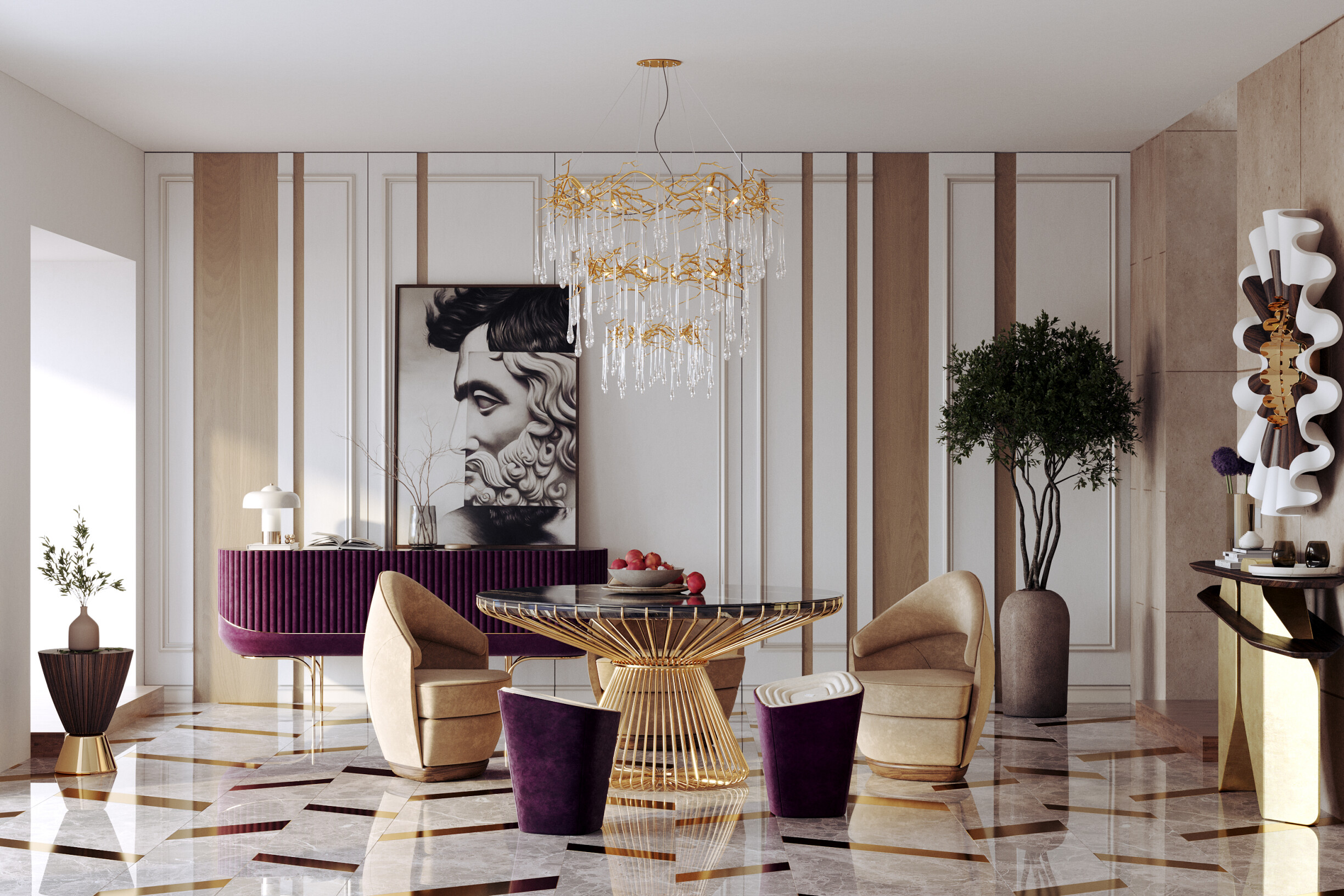
When exploring strategies to balance classic and contemporary elements in interior design, we realize that the true essence lies in harmony between old and new. Creating spaces that transcend trends is an exercise in creativity, sensitivity, and a deep understanding of each style. It's not just about matching furniture and colours; it's about telling a visual story that reflects your client's personality.
Stay tuned to our blog to always be up to date with news and trends in the world of interior design. You can also see some inspirations on ALMA de LUCE's Pinterest that best suit the client's needs, tastes, and desires. Once you're inspired, want some help getting started? Contact us here.😉